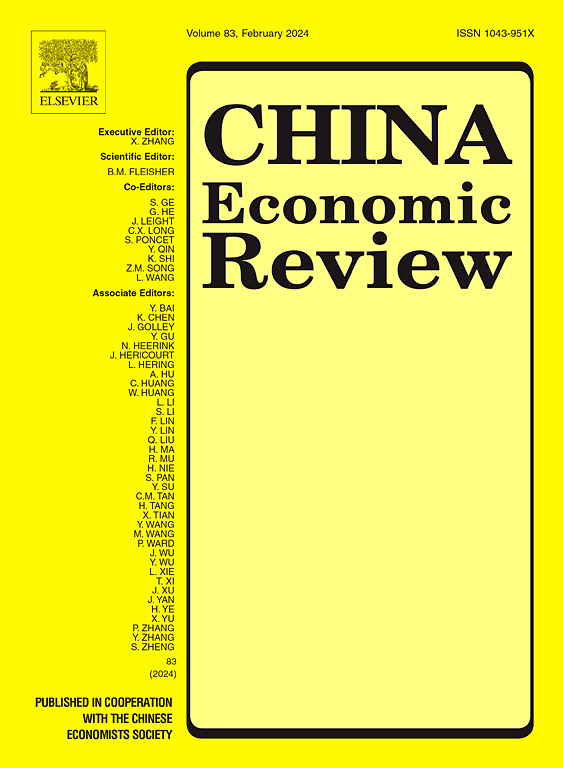Can reducing agricultural trade costs foster the transformation of the agrifood system? Evidence from China
IF 5.2
1区 经济学
Q1 ECONOMICS
引用次数: 0
Abstract
Trade costs play a crucial role in influencing food expenditure and residents' food choices, which in turn affects their dietary quality. In this paper, the China CGE model was integrated with household survey data to further examine the impact of agricultural trade costs reduction on the agrifood system, capturing variations across food categories and household groups. Our findings indicate that, reducing domestic agricultural trade costs lowers food prices, expands food consumption and production, and improves residents' dietary quality, especially for low-income groups. When domestic agricultural trade costs decrease by 10 % annually from 2025 to 2030, fruit, milk, and aquatic product prices are projected to drop by 15.33 %, 12.88 %, and 10.39 %, respectively. This increase in the consumption of higher-value, currently under-consumed foods is anticipated to promote a more balanced diet, improving dietary quality for 36.78 % of rural residents and 39.07 % of urban residents. Consumption changes will also affect agricultural production and the macro-economy through inter-sectoral linkages. The reduction in domestic agricultural trade costs leads to increased production levels and stimulates growth in both agriculture and the agrifood system GDP. Future efforts should focus on enhancing cold chain logistics for fresh produce, standardizing the Green Channel policy, and strengthening the sustainability of China's agrifood system.
降低农产品贸易成本能否促进农业食品体系的转型?来自中国的证据
贸易成本在影响食品支出和居民食品选择方面发挥着至关重要的作用,进而影响居民的饮食质量。本文将中国CGE模型与农户调查数据相结合,进一步考察农业贸易成本降低对农业食品系统的影响,捕捉不同食品类别和家庭群体之间的差异。我们的研究结果表明,降低国内农产品贸易成本降低了食品价格,扩大了食品消费和生产,提高了居民,特别是低收入群体的饮食质量。2025年至2030年,如果国内农产品贸易成本每年下降10%,预计水果、牛奶和水产品价格将分别下降15.33%、12.88%和10.39%。对目前消费不足的高价值食品消费的增加,预计将促进更均衡的饮食,提高36.78%的农村居民和39.07%的城市居民的饮食质量。消费变化也将通过部门间联系影响农业生产和宏观经济。国内农产品贸易成本的降低导致生产水平的提高,并刺激农业和农业粮食系统GDP的增长。未来的努力应该集中在加强生鲜农产品的冷链物流,规范绿色通道政策,加强中国农业食品体系的可持续性。
本文章由计算机程序翻译,如有差异,请以英文原文为准。
求助全文
约1分钟内获得全文
求助全文
来源期刊

中国经济评论
ECONOMICS-
CiteScore
10.60
自引率
4.40%
发文量
380
期刊介绍:
The China Economic Review publishes original works of scholarship which add to the knowledge of the economy of China and to economies as a discipline. We seek, in particular, papers dealing with policy, performance and institutional change. Empirical papers normally use a formal model, a data set, and standard statistical techniques. Submissions are subjected to double-blind peer review.
 求助内容:
求助内容: 应助结果提醒方式:
应助结果提醒方式:


